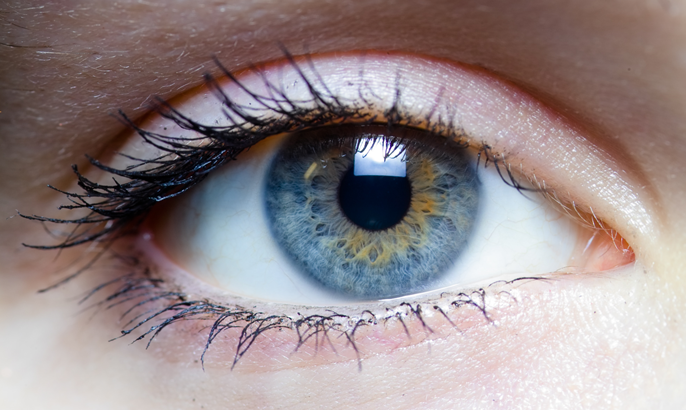Both eyes are usually affected although one eye may be affected more than the other and most customers will only experience mild symptoms. Symptoms can include:

- Dryness, grittiness or soreness which gets worse throughout the day.
- Temporary blurring of vision which can be cleared by blinking.
- Discomfort when looking at bright lights.
- Contact lens wearers will find that the lenses become uncomfortable.
- Redness of the eyes.
Episodes of watering eyes can also accompany the above symptoms as the eyes produce more tears to try to relieve irritation. Excess watering is also a sign of a blockage in the nasolacrimal duct that drains tears from the eyes into the nose.
Severe symptoms such as photophobia (extreme sensitivity to light) and deterioration in vision are rare but can be a sign of a serious complication. If left untreated the cornea can become scarred which can cause permanent sight problems.
Anyone experiencing persistent moderate or severe symptoms should be referred to the pharmacist as they may require referral on to their GP or optometrist.
WHEN TO REFER?
The eyes are very delicate and complications can quickly develop which can, if left untreated, impair and even destroy someone's sight. If a customer describes one or more of the following red flag symptoms they should be referred to the pharmacist:
- Pain rather than irritation especially pain within the eye.
- A bright red patch on the eye.
- A foreign body in the eye, or a customer's description of recent eye trauma.
- Aversion to light.
- Clouding of the cornea.
- Vision disturbance or loss.
- Seeing halos around bright lights.
- Discharge around the eye lid and tear duct.
- No response to previous dry eye treatments.
- Possible contribution of medication.
- Yellow or green discharge from the eye, or red or inflamed conjunctiva.
- Dry eye symptoms associated with systemic symptoms, for example a headache.
- Unusual appearance of the eye.
- Inverted or everted eyelids.
